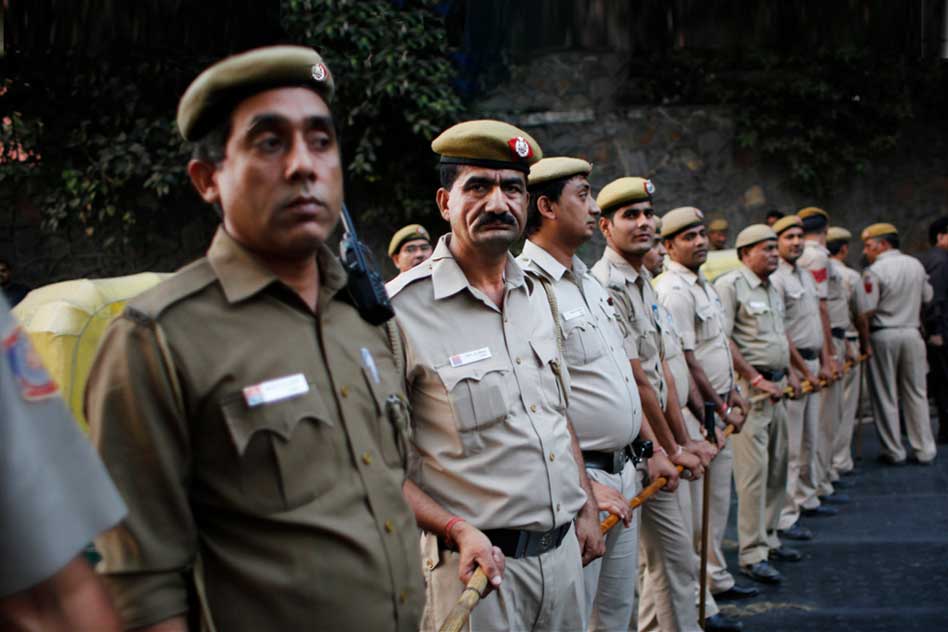The Poor Condition Of Indian Police Stations: For 1 Lakh Population, There Are Only 180 Police Personnel
20 Jan 2017 7:41 AM GMT
Police stations in India lack basic infrastructure and adequate workforce to cope with the rising number of crimes in the country
With a population of 1.3 billion people, the crime rate in India is highly elastic. However, the necessary infrastructure and available manpower in the current 15,555 police stations in the country does not support the police force to execute their duties adequately.
According to the latest data released by the Bureau of Police Research and Development (BPR&D), India’s police to population ratio stands at 180 personnel per 1 lakh population (the UN sanctioned ratio is 222 personnel per 1 lakh population).
There are only 586 women police stations in the country, with 9 States/UTs having no separate women police stations as of January 2016. Though the strength of women in the police force has increased, the number still forms only 7.1% of the total force. As crimes against women are on the rise, assigning frontline duties to female cops is essential.
Shortage of housing and family quarters for police personnel is another shortcoming which needs to be addressed. With a 0.77% increase in State police force since 2015, the availability of family accommodation has decreased by 4.1%. 5.56 lakh police headquarters are available for over 22.60 lakh police personnel. The government has managed to provide family quarters to only 5,56,539 personnel.
Furthermore, many police stations do not have adequate communications facilities. As of January 2016, 188 police stations are without vehicles, 402 police stations lack telephone facility, 134 police stations do not have wireless sets and 65 police stations neither have telephones nor wireless sets at a national level.
Out of the total 1,75,358 vehicles available to the police force, the ratio of the number of vehicles per 100 police officers is the lowest in Bihar at 0.74 vehicles, in contrast to the national average of 10.13 vehicles (which is still 2.44 vehicles lower than the sanctioned number). Chhattisgarh has the highest number of police stations without a vehicle – 161, followed by Manipur (21) and Jammu & Kashmir (4).
Madhya Pradesh has 111 police stations without a telephone, a maximum for a state, followed by Manipur and Meghalaya with 67 police stations each.
The State of Manipur houses the highest number of police stations without wireless sets – 43. The distressed north-eastern state has performed poorly in all lines of police communication infrastructure, thus requiring a massive overhaul to improve its current predicament.
As of January 2016, the total strength of the police force was 22,80,691 across all States and Union Territories – a number inadequate for a country with a population of 1.3 billion people. The BPR&D data reveals that there is only one police available for every 729 Indian citizens. The situation is worse in States like Bihar, West Bengal, Andhra Pradesh and the like, where there is one police per 1,100 people.
The poor condition of police stations in India can be attributed to communal violence, corruption and technological backwardness. Needs of the police force cannot be overlooked if the growing crime rate in India is to be brought down.
 All section
All section














